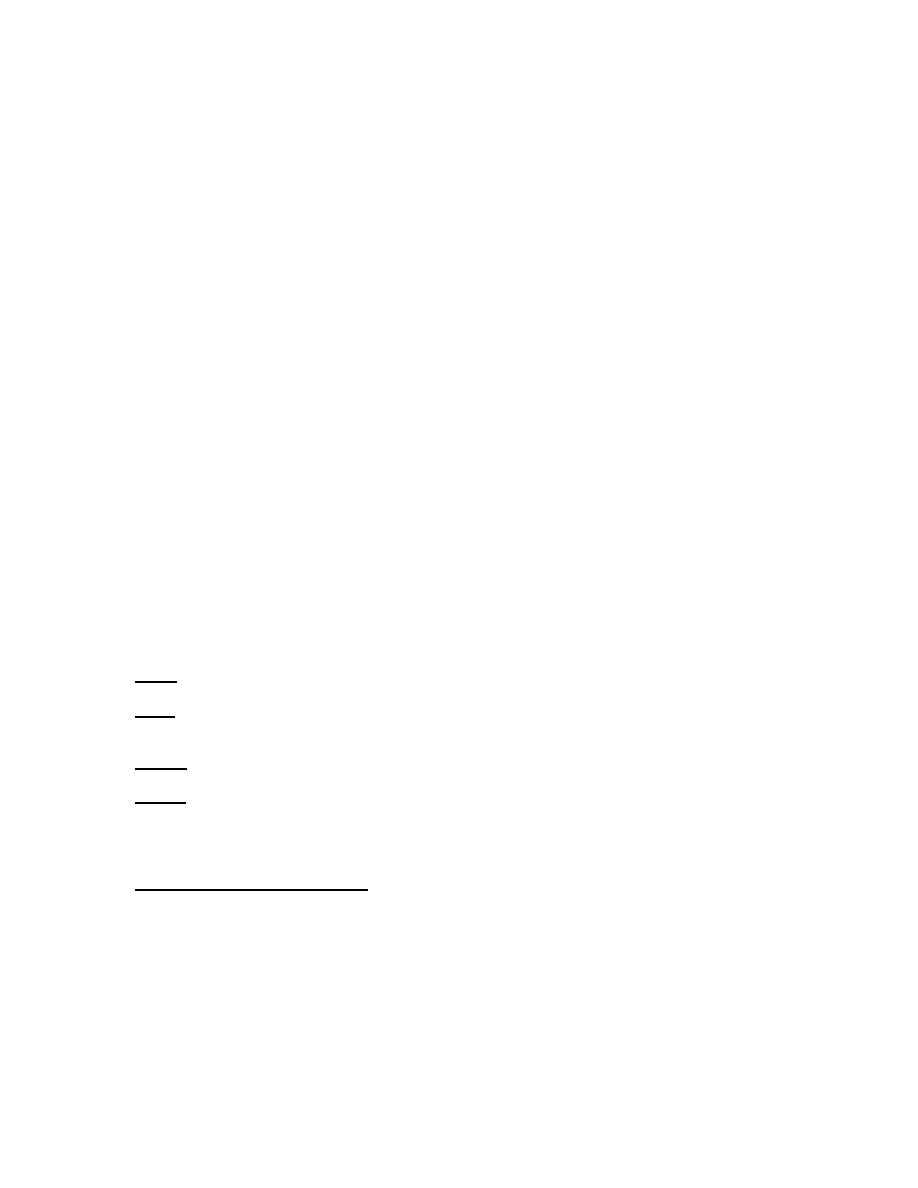
TM 10-4610-239-24
TM 08580B-24/3
WARNING
Drycleaning solvent, M 711 Type I & II, used to clean parts is potentially dangerous
to personnel and property. Avoid repeated and prolonged skin contact by wearing
rubber or nonporous gloves when handling the solvent or material wet with
Drycleaning solvent. Wash hands immediately after exposure with soap and water
and use a lanolin based skin cream to prevent skin drying. Do not use near open
flame or excessive heat. Flash point of solvent is 100 (38 ). Do not work with
F
C
solvent in a closed room. Be sure there is good ventilation or the solvent vapors will
build up in the air and become a poisonous mixture which can cause physical injury
or even death.
Eye protective equipment must be worn when scraping rust and loose paint.
Clean components with compressed air no greater than 30 psi (207 kPa). Protective
eye wear must be worn when cleaning with compressed air.
(2) Remove grease, fungus, and ground-in dirt with a clean, soft cloth dampened (not wet) with Drycleaning solvent.
(3) Clean meter faces and control panels with water and a mild detergent.
e. Steel nameplates, caution plates, and instruction plates may rust rapidly. If rusty, clean plates well and coat heavily
with clear lacquer. Refer to TM 9-213.
f.
General precautions for cleaning are in the maintenance sections.
g. The equipment operator usually helps unit maintenance personnel in doing the PMCS. The operator should make
sure the equipment is fairly clean. However, the equipment should not be washed right before inspection. Certain
problems, such as loose parts or oil leaks, may not show up after a wash.
h. Unit maintenance services are those general procedures listed below, unless approval is given for other services.
(1)
Adjust. Make all adjustments by following the procedures given in this manual or in bulletins.
(2)
Clean. Clean items by following the general cleaning procedures given in paragraphs 2-8.d and 2-20 through
2-26.
(3)
Service. Normally, service includes filling the tires with air and changing or cleaning filters.
(4)
Tighten. Tighten items with enough force on the wrench handle to tighten according to good mechanical
practice. Do not overtighten; this may strip threads or cause distortion.
Tightening includes using lockwashers, locknuts, lock wire, or cotter pins when needed.
Use a torque wrench when the procedure calls for one.
(5)
Modification work order application. Write all needed modification work orders (MWO) for the equipment on
DA Form 2408-5.
2-5

